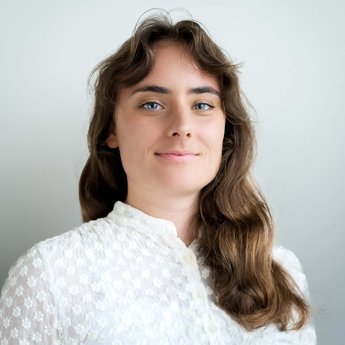Casus
The "traffic machine"
Throughout the project, our research found that highway mobility infrastructure often embodies the modernist ideal: representing a traffic machine where functions were clearly divided, monofunctional and prioritized the car. This infrastructure has often left a legacy of fragmenting urban and natural landscapes, creating disconnected, isolated ‘islands’ in the process. Today, this division burdens urban and natural environments and contributes to air pollution and noise, and forms barriers to connectivity, all of which strain well-being. The vast areas occupied by this infrastructure form a kind of ‘space reservoir’ that extends beyond the infrastructure itself, and traverses many landscapes. These conditions open up new opportunities to rethink and redesign highways in ways that support more integrated and sustainable urban and natural environments. The development of Rotterdam's Oostflank, intersected by the A16, raises the question of whether we should view urban highways differently in the 21st century. Will the A16 continue to split the city like an asphalt channel, or can it become a structuring lifeline throughout the landscape?















